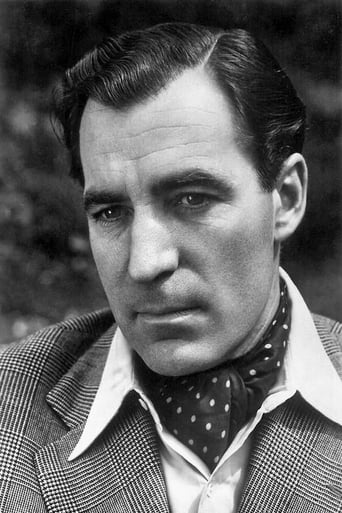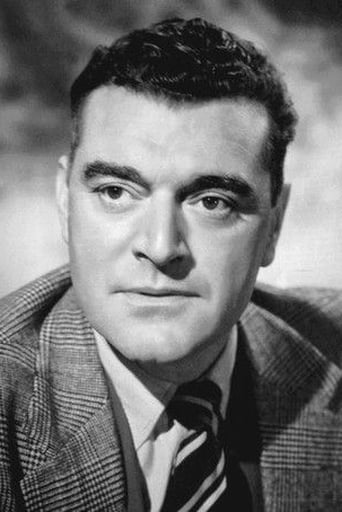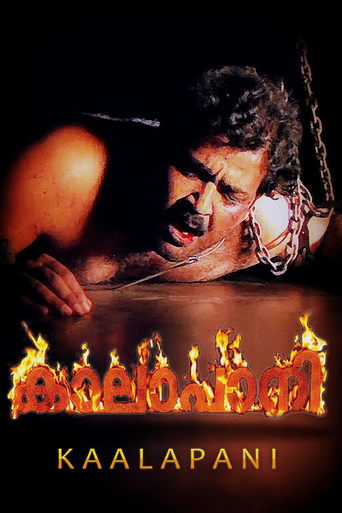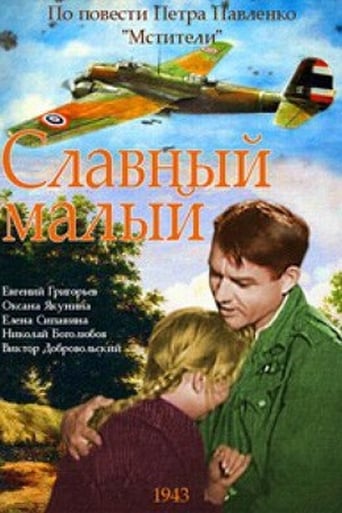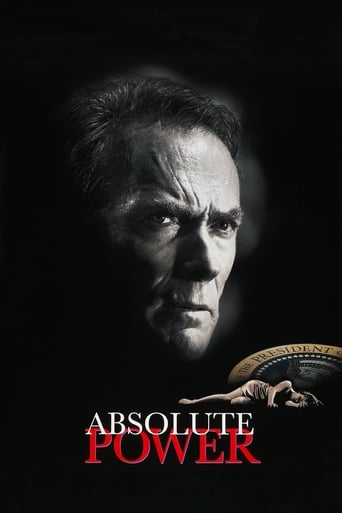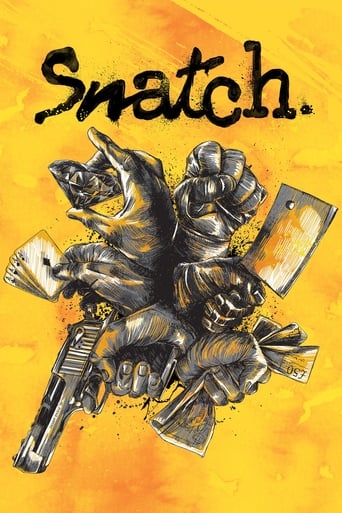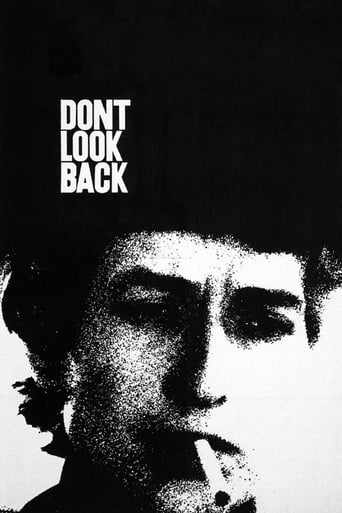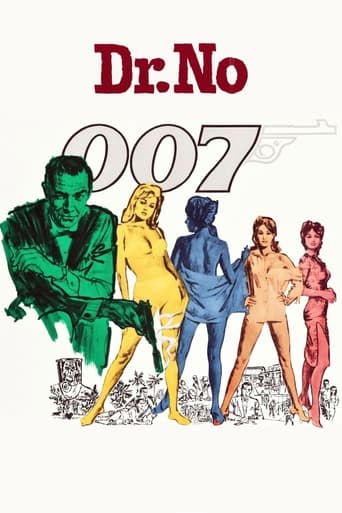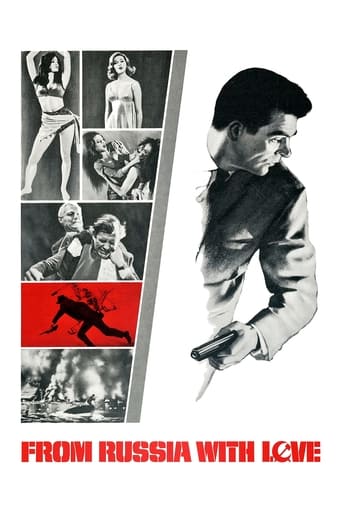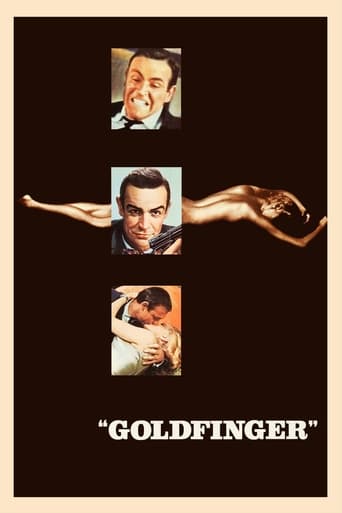
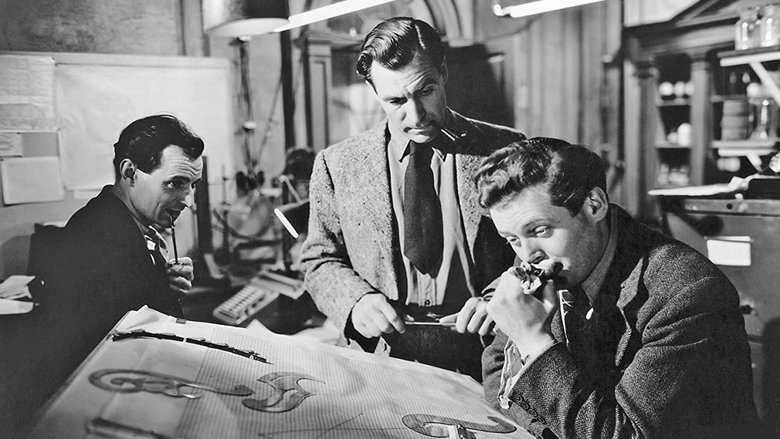
The Small Back Room (1949)
At the height of World War II, the Germans begin dropping a new type of booby-trapped bomb on England. Sammy Rice, a highly-skilled but haunted bomb-disposal officer, must overcome his personal demons to defeat this new threat.
Watch Trailer
Cast


Similar titles
Reviews
It's a movie about war-time Britain released in 1949 but it's in no way a typical "British war movie". (Some of them were real gems.) This one has David Ferrar as an anti-demolition expert, part of a team that operates in a small room in the back. He doesn't wear a uniform. He has a tin leg. And he's in a state of constant torment.I had no idea where the movie was going. At first, I expected a kind of British "Hurt Locker," with Ferrar going about an dismantling bombs one after another, always cursing and wondering if he should cut the red wire or the green wire. It's not like that at all. Ferrar only disarms one booby-trapped device in a tense scene at the end. It's well done.But then if Ferrar doesn't constantly investigate and defuse bombs, what's the movie about? Well, it's like this. He has a slight problem with the bottle in that when he gets juiced up he's mean and destructive. He also has a problem with the bureaucracy of which he's part -- mostly incompetent, groveling, and designing. Then there's this woman, Kathleen Byron, who loves him and maybe he loves her but he's too sour to admit it. It doesn't even help when he dresses him down for his bitterness and shouts at him to "stop feeling sorry for yourself!" He finally gets his act together after removing the fangs from that beachfront booby trap while hung over and shaky.At the beginning, to demonstrate their relationship, Byron and Ferrar are alone in his apartment, they have an expositional conversation about his tin leg and what he does to ease its discomfort. The scene ends with Byron running to him and their clasping each other in their arms while lying on the couch. Dissolve. When I was a child I always thought that she returned to her own apartment across the hall when a scene ended like this.Byron has haunted eyes that stare out from under her upper lids and her other features -- her jaw, her nose, her tiny lips -- all seem to point to a particular spot in front of her mouth, about a cigarette's length. If you haven't seen Kathleen Byron go mad in "Black Narcissus," you might want to try it.The same writers and directors -- Powell and Pressburger -- are responsible for this film and it shows. There are more than the usual number of dramatic close ups. And when Ferrar is alone in his dark apartment, trying to fight the desire to hit that bottle of Scotch on the table, the camera angles and lighting first get weird and then hallucinatory.The imagery gets too bizarre in that scene. Also they've done a little miscasting. Jack Hawkins is a grinning, glad-handing, money-grubbing phony -- a repulsive character. But Jack Hawkins is no phony. He's a voice of authority and a paragon of common sense. Don't try to pull the wool over this boy's eyes. But those two points aside, it's put together well considering the multiple sub plots. And that bomb being emasculated is a teeth grinder.
Nigel Balchin, a woefully neglected novelist, one of the finest British writers of the mid 20th century, wrote two novels against the backdrop of World War 2, his masterpiece Darkness Falls From The Air, written, set in and published during the London Blitz in 1941 and The Small Back Room, published two years later in 1943. Had I been involved in the adaptation of novel to screen the team of Michael Powell and Emeric Pressburger would have been way down my list of candidates if even on the list at all for their penchant for fantasy, faerie-like romance and off-centre plotting does not lend itself to a story rooted in realism. Having said that they manage to make something of a half-decent fist of it with the help of two outstanding leads in David Farrar as boffin Sammy Rice, who, some years before the outbreak of war had a foot amputated and replaced with a tin one and Kathleen Byron as his live-in lover, whipping-girl and colleague in the hush-hush department devoted to shortening the war. As a real-life scientist Balchin's day job means his novels reek with authenticity not least when satirising the Civil Servants who got under his skin; Jack Hawkins grabs his role as R.B. Waring by the scruff of the neck and becomes the oleaginous character more interested in 'selling' a suspect new weapon to the army than in the lives of the men who will have to use it. The climax of sorts involves a fiendish German explosive device tricked out to resemble a thermos flask and it is left to Rice to dismantle it. Both Farrar and Byron had appeared in the previous Powell-Pressburger effort the wildly overrated Black Narcissus and here they more than redeem themselves. A small pleasure.
An interesting film, ahead of its time in its depiction of the relationship between Sam (Farrar), the alcoholic, embittered bomb disposal expert looking for a purpose, and Susan (Byron), the woman who bears much of the brunt of his despair.There are good dramatic scenes in this film, some comic such as the visit by a silly minister (Robert Morley in excellent form), the meeting where Sam goes against his dept. and supports the Army's doubt about a key weapon, the hallucination scene (surreal & gripping) and Sam's final confrontation with his nemesis (the crafty Nazi booby-trap) on the beach.The film also includes Powell/Pressburger's characteristic send-up of British manners/society, such as buffonish Ministers, slightly creepy/ambitious Civil Service men, and gruff soldiers.Well-acted and filled with many good supporting performances such as Cyril Cusack as an insecure bomb disposal officer and Michael Gough as a colleague of Sam's. I particularly liked his scene where he shouts in desperation at a dying victim of a booby-trap; it comes across as cruel but it highlights the sheer desperation of the experts as they try to solve a deadly secret.On the whole, I enjoyed it but it is mostly a character study with the plot perhaps acting as secondary interest. It's on a smaller scale to other P & P classics such as the breath-taking melodrama of 'Black Narcissus' and perhaps lacks the heightened drama of that film.
This film is an interesting return to the general subject matter of Powell and Pressburger's black and white war films (49th Parallel, One of our Aircraft, etc..), but, made four years after the end of the war, it is a moody piece that focuses on a man disabled by the war. It is typical of their work in that it features brilliantly well-rounded, truly adult characters without easy answers or one-dimensional poses; it is also a departure from their other films of the period in its lack of flamboyance and otherworldly flair. The gritty style - no music, for example, and wonderfully spare dialogue by Pressburger - is perfectly echoed by the intense performances of Kathleen Byron and David Farrar. As always, Powell's keen visual sense is paramount to the brilliance of the Archers' films, and the bomb-defusing scene on the beach makes great use of the setting in its compositions and editing. Although it is not the best introduction to the work of Powell and Pressburger, this film is a keen testament to the capacity of their storytelling abilities in weaving a tale of a man who finds redemption through work and love. Whether their films are explorations of the power of art or the effects of war, I consistently find their work profoundly moving. Let's hope that it is FINALLY released on video or, better still, DVD. (Attention, Scorcese!!!!)


